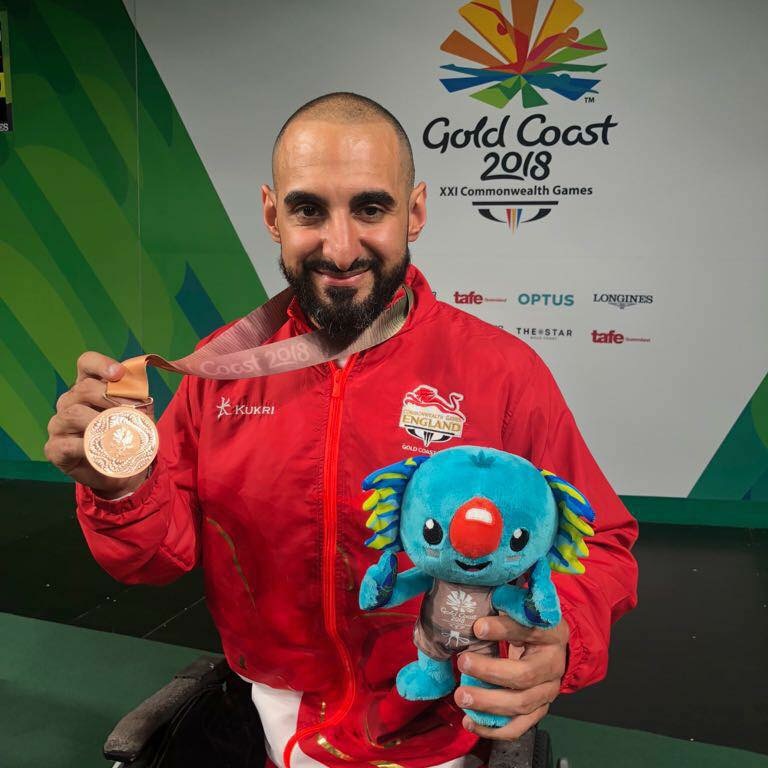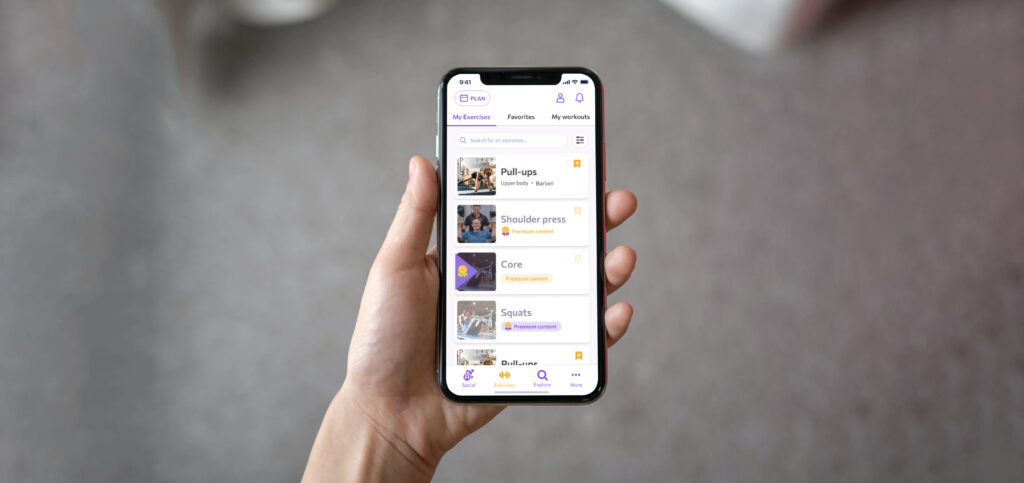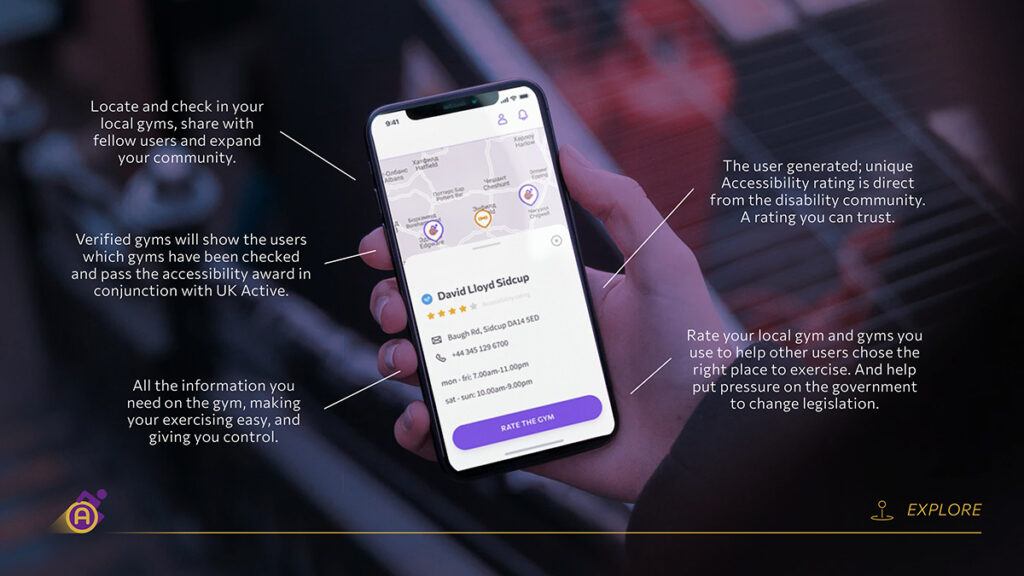Ali Jawad is a Paralympic medal-winning powerlifter. His new app, Accessercise, challenges disabled people to make physical activity part of their everyday life – and challenges the fitness industry to become more inclusive.
Interview by Tom Jamison
Why do disabled people still find it difficult to make exercise part of their lifestyle?
I grew up with a disability and what I found was a lack of guidance and education. Gyms weren’t accessible and the knowledge of people in the gyms wasn’t great. So, what the app does is allow the user to be responsible for their own journey without relying on anybody else, as well as educating them in the process. They’re in full control of what they’re doing, and I think that’s more powerful than getting guidance from someone who’s probably not an expert.

There needs to be a way where they can get fit and active in an accessible way. That’s why the app also suggests different locations, such as: home based, gym based, and also outdoor based. So, you can decide what you want to do and how you do it.
What was the moment where you thought, ‘I’ve got a solution here’?
During the first lockdown I was training for the Tokyo Paralympic Games and I had also started my PhD at the same time. Even though it was busy, I was training a lot in my living room, because obviously, everything was closed. But I also had more time on my hands than I wanted, and I like being productive. I reflected on my career and I realised very quickly, that when I was growing up I never asked the question why I was the only disabled person in the gym. And has that changed over the last 18 years? Well, the answer is no.

I realised that the fitness app industry is massive and there must be a fitness app for disabled people somewhere. So, I got curious, did some research, and within two hours found out that while there are 71,000 fitness apps on the market, none catered for disability, at all!
I thought it was crazy. I started with some ideas on a piece of paper and that was when it was born. I messaged the co-founder, Sam, and I pitched him the idea and he said: “It’s crazy but I think we could do it”.
What were the essentials that you wanted to get into the app?
I’m not a tech person. Second, I’m not an entrepreneur, and three, I’m not a millionaire, because apps are expensive. But the athlete in me always finds a solution to a challenge, we never give up, we always adapt.

If you look at the fitness app industry it’s all about programming the body but I felt that was the wrong approach to take with disability, because every disability is completely different from the other, so it can’t be generic. Even within the same disability the spectrum of severity is actually quite wide. So how do we empower disabled people to exercise on their own terms, without making it dangerous for them?
What you do is present education and let the user decide what they can and can’t do and build their own exercise programmes from that. We provide video content, which is based on somebody’s disability, and the person in the video has that user’s impairment. So, first you get to see a demonstrator with your actual disability performing an exercise. Any exercises you want to do can then be saved and it creates a training session for you. I felt that was the best way to really empower people on their journeys.
You’re encouraging people to do this in their own spaces if they can’t find an appropriate gym…
Yes. But I think the fitness industry and the gym industry need to wake up. Through the Explore feature in the app, users can rate any gym in the local area in terms of accessibility, so the user has the power to rate these gyms. And that data could be very, important for policy change and for industry change in the future. We have had gyms asking what their rating is in the app…
The Explore feature is capable of outlining a gold standard framework for the fitness industry and how it can become accessible. I think the data that we could potentially collect and the comments that we can get from users could really drive that structure.

Why did you choose to add in a social feature into the app?
From the market research we did before we launched, we found that people want support and motivation, and they want to connect with like-minded disabled people. We felt that with users sharing their workouts in the social hub, they’d get to connect with other users that way, but also create subgroups, for example, you could have an amputee group. So, it becomes very specific regarding the advice that they’re given.
A lot of fitness apps are not evidence based at all. Coming from my elite background I realised that for this to be as safe as possible, it needs to be as evidence based as possible. The issue is that there isn’t enough data out there. We signed a research deal with Loughborough University to make sure that the app is as evidence based as possible. (They’re also making me accountable for everything that I’m doing. They released a paper on the app, and we scored very highly on behavioural change.)
It’s also a tool for personal trainers, practitioners and the NHS potentially, within their rehab programmes.
What do you say to those people who say that getting more active is not for them?
Perhaps people can’t always relate to me because I’ve been at the top level. But I had to start from somewhere, too. I know how hard it is for people to push themselves, but what the app does is to take you from the very beginning as a novice, and follows you on your journey, as you improve.
At 19 I got diagnosed with Crohn’s disease, and at that time, nobody with Crohn’s had ever won a medal at a Paralympic Games. My advice is that I decided very early on that I have one life to live, I might as well make the best out of that life and do the things that are going to challenge me.
Visit: join.accessercise.com



